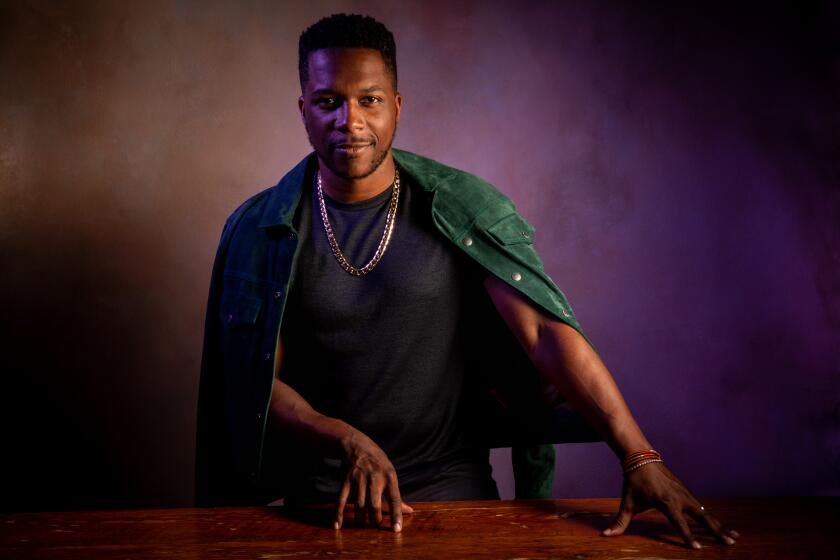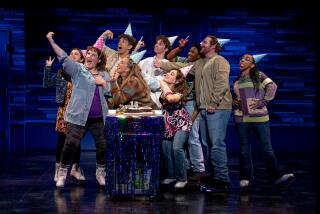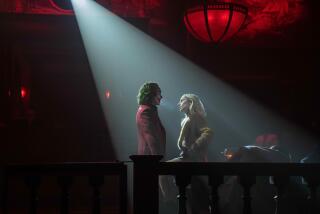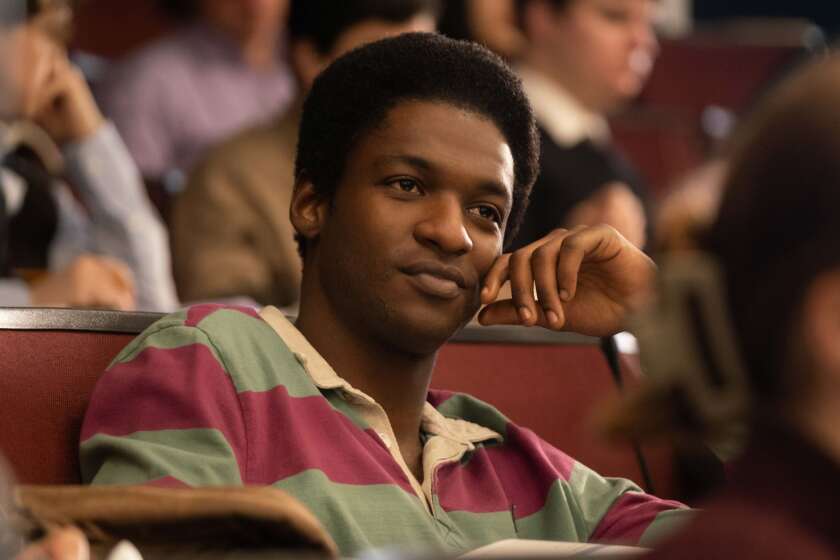What you need to know about ‘Hamilton’ before watching the movie
When the “Hamilton” movie hits Disney+ in Friday’s early hours, it will be more than just one more streaming service premiere. For many of the blockbuster stage show’s devoted fans — whether they’ve already seen a live performance or they’ve simply indulged in endless repeat listens of the best-selling cast album of all time — it’s a moment they’ve been anticipating for years.
And yet, many others — maybe even you, the person reading this piece right now — have no such personal stake in Lin-Manuel Miranda’s musical, which earned a record-setting 16 Tony nominations in 2016. And have no idea why it’s such a phenomenon. And don’t really want to read more than one story to find out the answer to this question: Is “Hamilton” really worth the hype?
The short answer is, yes.
With the original Broadway cast in tow, it’s already worth celebrating that this filmed version of “Hamilton” — which set a record for the highest average ticket on Broadway — will be forever accessible as part of a $7 monthly streaming subscription, ready for screening, and rescreening, at any given moment. The timing is particularly special as all “Hamilton” productions worldwide, along with countless other theater venues, have gone dark to curb the spread of COVID-19.
Thomas Kail’s film of ‘Hamilton’ is a solid, stirring visual record of the original Broadway production starring Lin-Manuel Miranda.
But for those who need more convincing, there are multiple reasons why “Hamilton” earned all that hype in the five or so years since its off-Broadway debut. The plot, essentially the origin story of the United States of America, is nothing new; it covers well known historical events — emerging victorious from the Revolutionary War, establishing the U.S. Treasury, and writing documents like the Federalist Papers — that are foundational to this country.
At the center of all of that was Alexander Hamilton, who was born in the Caribbean and died at a relatively young age, in comparison to his contemporaries George Washington, James Madison, Thomas Jefferson and Aaron Burr — all of whom are also characters in the show.
What is new is the way writer-composer Miranda conceived of the show as a “story about America then, as told by America now.” The Founding Fathers are played by Black and brown actors, communities who don’t see themselves reflected often enough in either American history or on Broadway stages.
And they perform songs that sound like the 21st century pop, hip-hop and rap hits we love, songs that are also effective in scope and layered in subtext. These musical numbers are simultaneously timely and timeless, speaking to the events onstage and the events happening in the world today.
Tony-winning “Hamilton” actor Leslie Odom Jr. gets candid about thoughtfully originating Aaron Burr, and the lack of diversity and profit-sharing in the theater industry.
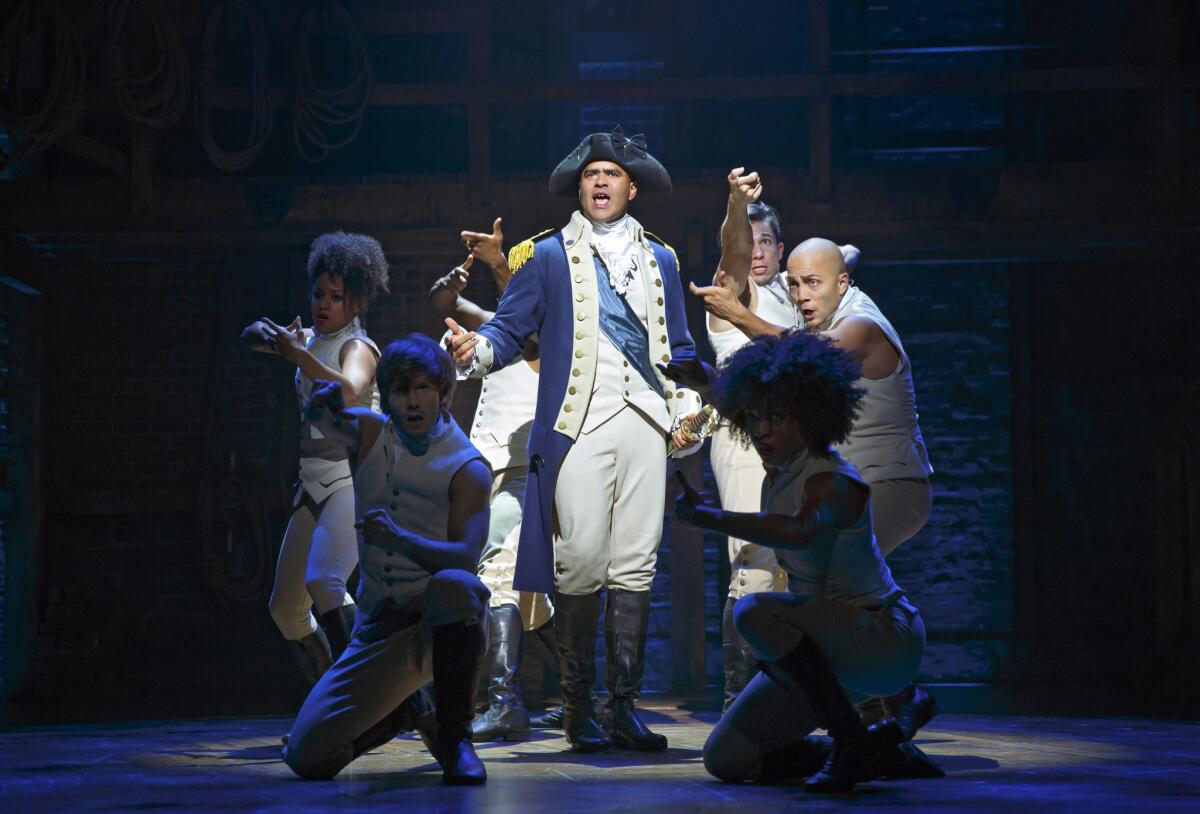
“Hamilton” has won 11 Tonys, a Grammy, the Pulitzer Prize for drama and a litany of other awards. One reason for that is that it not only tells the story of these key historical figures, but also it humanizes and universalizes them in a way our textbooks never did.
It grapples with that all-too-familiar existential crisis: the attempt to build something that outlasts a lifetime, to make the most of your time on this earth with the skills you have and the opportunities before you. Your ambition can be both a blessing and a curse, your livelihood a pawn in a political game, your potential kneecapped at any moment, even by yourself. All of this is in flux and in focus, while the characters experience love and friendship and jealousy and loss, just like the rest of us.
That alone is a lot to take in when watching for the first time. Maybe the most important thing for all “Hamilton” newcomers to know: Let go of any pressure to process everything immediately — it’s an impossible task. It’s a sung-through show, meaning all of the “lines” and dialogue are delivered in song — a tricky listen for those who aren’t very used to watching musicals. And this one is notably dense with its lyrics, with one particularly fast rap cramming 19 words into three seconds.
Plus, there are quite a few characters, some of whom are played by actors who switch roles at intermission: Daveed Diggs plays Marquis de Lafayette and Thomas Jefferson, Okieriete Onaodowan plays Hercules Mulligan and James Madison, Anthony Ramos plays John Laurens and Philip Hamilton, and Jasmine Cephas Jones plays Peggy Schuyler and Maria Reynolds.
Watch “Hamilton” for the first time the way you would watch any other movie for the first time: to get a grip on the plot, to revel in the spectacle and to experience the emotion. Since it’s streaming, you can hit the pause button whenever you need an extra minute to digest what you’ve seen or get clarification on what’s even going on. The movie’s intermission is a mere minute long, but feel free to stretch it to the live show’s usual 15, if needed.
Then you can be free to watch it again with storytelling specificity in mind: the ensemble’s precision in performing such dynamic choreography, the unspoken poetry of the lighting design, the lyrics’ commentary on women and people of color, then and now.
Skip around to specific songs. Sing along to catchy choruses. Stop to gawk at striking shots. How lucky we are to be alive in a time that the “Hamilton” movie will always be there, waiting for us to play.
The Tony-winning stage sensation “Hamilton” is available for home viewing on Disney+. Director Thomas Kail details the process of preserving the original Broadway production on screen.
More to Read
Only good movies
Get the Indie Focus newsletter, Mark Olsen's weekly guide to the world of cinema.
You may occasionally receive promotional content from the Los Angeles Times.
